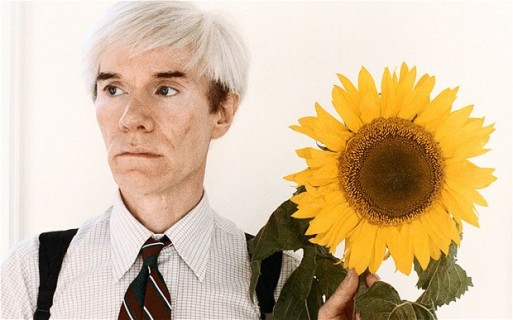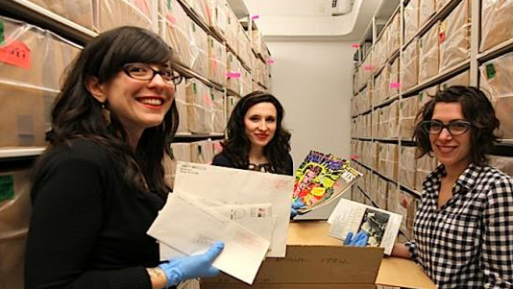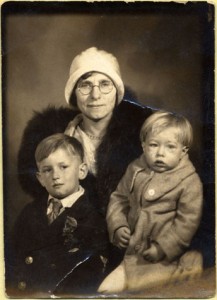The employees of the Andy Warhol Museum in Pittsburgh, Pennsylvania, have been going through a lot of dirty laundry lately. Cataloguers are currently in the lengthy process of sifting through the life contents of the late Andy Warhol, in what is being called the artist’s final work from beyond the grave: his Time Capsules.
For many, Pop Artist Andy Warhol (1928-1987) awakened the public to the hidden profundity in the objects of our everyday life. He stacked Coca-Cola cans and soap boxes in a simple, but powerful artistic gesture in the dawn (pardon the pun) of the 1960s.
“[Warhol] blur[s] the line between art and commodity, forcing the viewer to evaluate the differences between aesthetics and artistry,” explains artnet’s Lindsey Lovern and Jonathan Yee, but especially, “between commercialism and art.” Indeed, even before his death, Warhol had become an iconic extension of his own work in the eyes of the media.
Warhol’s Time Capsules are just as unpretentious in their medium; they’re just boxes filled with contents of the artist’s old studio, or “The Factory,” that were intended to be sold as art and re-opened after his death. An easy enough task for museum employees – until you consider that there are around 610 capsules.
Warhol’s work was so defined by consumerism, that the Pop artist happily made himself into a kind of commodity (how many times have you seen a Velvet Underground “Banana” tote-bag?). Long before the arrival of the internet and youtube-crazes, Warhol presented a nearly five minute long video of himself eating a Burger King Whopper in complete silence.
“[It was] an easy enough task for museum employees – until you consider that there are around 610 capsules.”
The Time Capsules have thus been presented as a kind of curatorial performance art, opened by museum workers in front of a live audience. NPR’s Lauren Ober covered the boxes’ “opening” to find out what everyone is dying to know: what’s inside?
Well, most of the time — not much.
Cataloguer Erin Byrne says she often finds herself in a packrat pile of receipts and medication bottles; vestiges of the man who refused to throw anything away. Though we’ll never really know how they were assembled, the time capsules appear nothing more than portable junk-drawers.
But then, there are the magical moments: an original Jean-Michel Basquiat will surface under a telegram, or a pair of what is being described as “Keith Haring underwear” (we can only imagine) emerges.
What defines Warhol’s life in the Time Capsules might be more truthful to the life he lived, says the museum, as opposed to the life he portrayed to the public. The artist so became the persona he created, yet the construction of this persona is, quite literally, chronicled through the honesty of the receipts and correspondences found in the boxes. It’s the closest thing we have to a representation the artist’s life at home; an image that isn’t built around the life of models, drugs and entoxicating parties that he tirelessly projected over himself.
If you enjoyed this post, you may want to check out:
- Watch Andy Warhol eat a hambuger
- Visit the Andy Warhol Museum
- Read SevenPonds’ article on artist Bruce Nauman

 Andy Warhol: A Life in Time Capsules
Andy Warhol: A Life in Time Capsules






 The Other Death in the Family
The Other Death in the Family

 The Healing Sound of Singing Bowls
The Healing Sound of Singing Bowls














